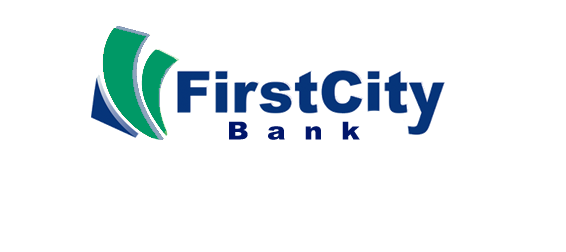Mobile Security
Security and Privacy with Digital Banking
We take great care to protect your personal information. In an environment where thieves are consistently innovating ways to access your bank accounts, we will do everything in our power to ensure that you can have peace of mind for both your personal and business accounts.
Privacy protection through encryption
The privacy of communications between you (your browser) and our servers is ensured via encryption. Encryption scrambles messages exchanged between your browser and our online banking server. For your protection, our servers require the browser to connect at 128-bit encryption (versus the less-secure 40-bit encryption). Users will be unable to access online banking functions at lesser encryption levels.
Protection through authorization
It is important to verify that only authorized persons log into online banking. This is achieved by verifying your password. When you submit your password, it is compared with the one we have stored in our secure data center.
We allow you to enter your password incorrectly a limited number of times; too many incorrect passwords will result in the locking of your online banking account until you call us to reinitialize the account. We monitor and record “bad login” attempts to detect any suspicious activity (i.e. someone trying to guess your password).
Protection through network security
The network architecture used to provide the online banking service was designed by the brightest minds in network technology. The architecture is too complex to explain here, but it is important to convey that the computers storing your actual account information are not linked directly to the Internet. Various access control mechanisms, including intrusion detection and anti-virus software, monitor for and protect our systems from potential malicious activity.
Protection from identity theft
Thieves are trying to steal your personal information. They want your account numbers, passwords, Social Security number, and any other confidential information they can use for their financial gain. Their financial gain is your financial loss unless you know how to protect yourself or work with a bank that is actively working to help protect you. Here are some steps that you can personally take to avoid identity theft:
- Protect your passwords and personal information.
Never provide your personal financial information, including your Social Security number, account numbers or passwords, over the phone or the internet. - Know who you are dealing with. Never click on a link provided in an email you believe may be fraudulent.
- Use anti-virus software and a firewall, and update both regularly.
- Review account statements continuously to ensure all charges are correct. We provide electronic account access to your accounts to easily facilitate your increased security.
